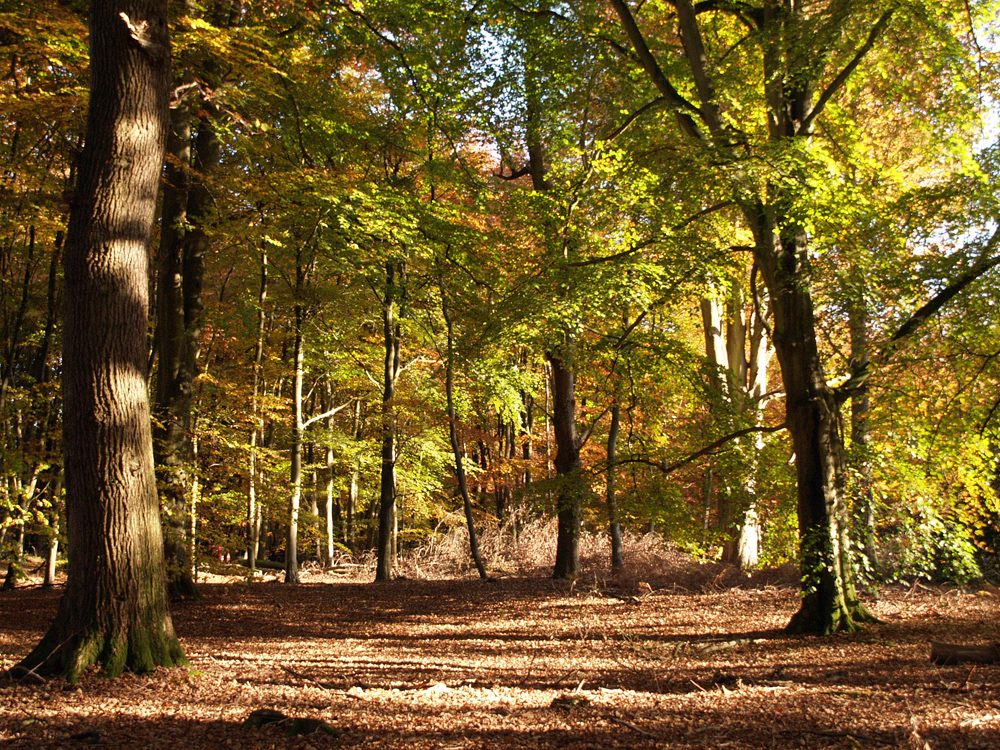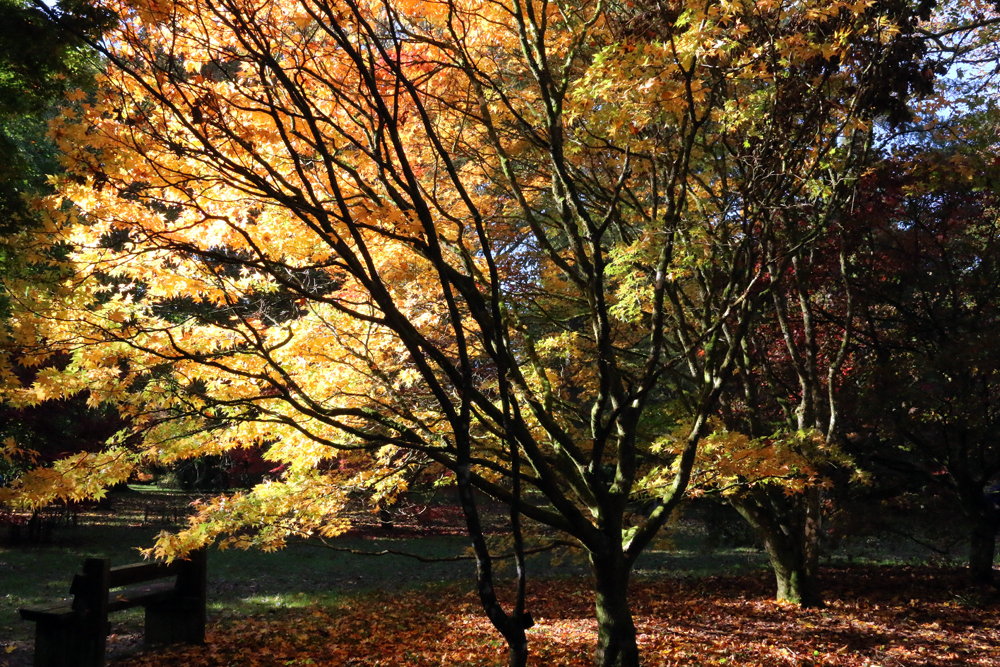Sunday 12th October
After a dull and gloomy start to Saturday the cloud began to thin around 13.00 and the sun to slowly break through to give us a very pleasant late afternoon that saw the thermometer reach its peak of 15.3C at 15.50, which was 0.4C above average. The clear skies during the evening meant a cool night as any residual warmth soon dissipated into the atmosphere producing a minimum 1.3C at 05.50. This made it the coolest night this month being a significant 6.1C below average. The fall in temperature was slowed just after 03.00, that from the back track of the radar, showed low cloud drifting in and forming the misty conditions. It was a very calm day with a maximum movement of air, cold not be called a gust, of just 8mph on one occasion, that saw the anemometer fall stationary just before 19.00
It was a very misty start to Sunday as the thick, low cloud masked the Marlborough Downs and Savernake Forest after dawn reducing visibility. By 08.00 the temperature had begun to ease upwards with a reading of 3.4C, which was the coolest start to a day at that time this month. The air continues to be still with now thirteen hours of continuous calm.
The anticyclone is now anchored above the UK that has been and will for much of the week bring calm conditions. However, the calm conditions will mean that for a lot of the week we will suffer under anticyclonic gloom as there will be little breeze to stir up the atmosphere trapped under the dome of high pressure.
Savernake Forest. This large wooded area is an ancient, privately owned forest just outside Marlborough, Wiltshire, known for its historic significance and numerous oaks, some over a thousand years old. As the week proceeds I will include images of the advancing colour, mainly from the beech trees.




